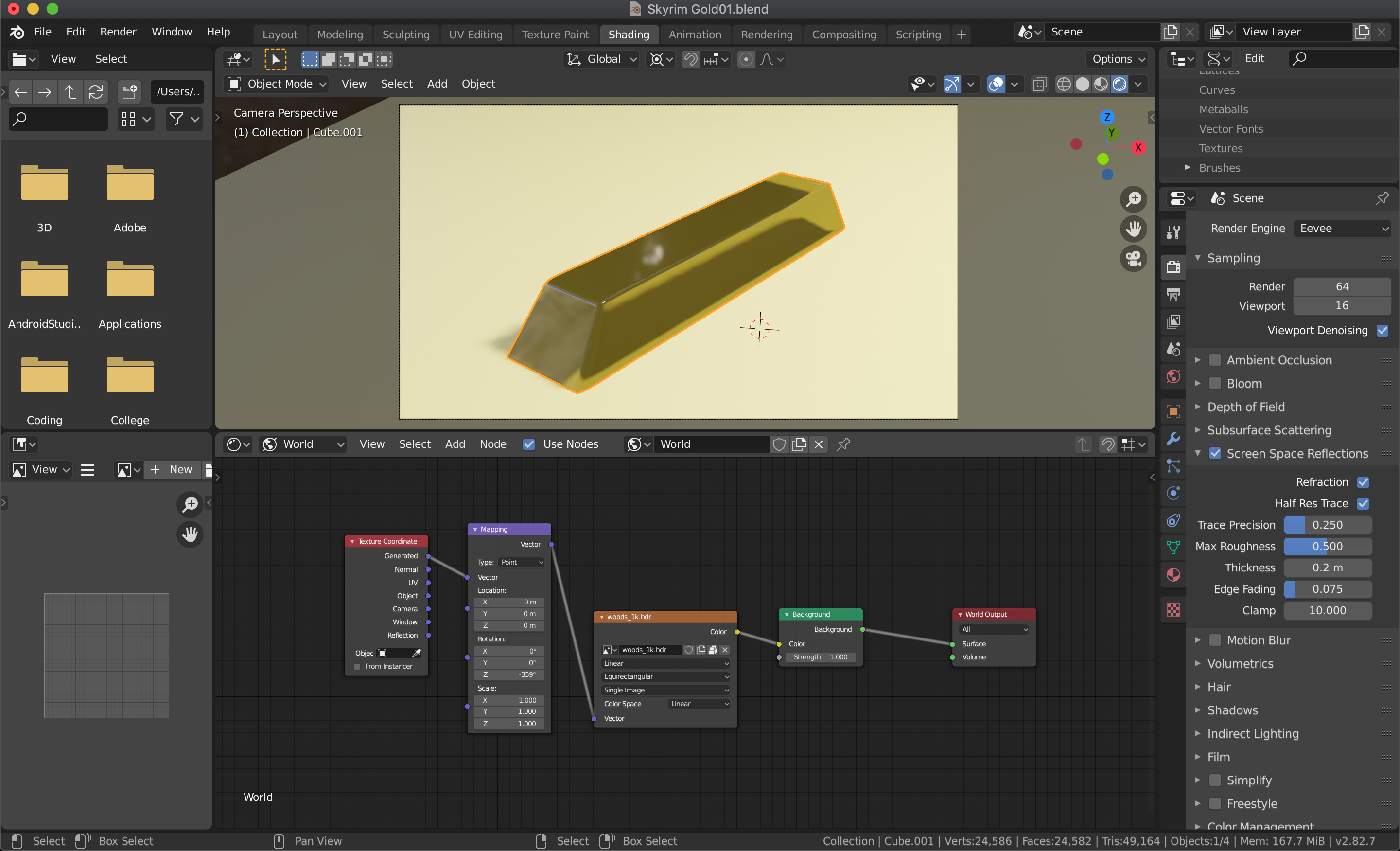

The Redshift dome light can be combined with a primary GI engine (Brute-force or Irradiance Cache). As it can be seen on the final render, larger boxes create softer lighting. For this reason the 'tint' parameter was reduced to (2, 2, 2). The more brightness a dome light map contains, the brighter the lighting. Because of the small bright boxes, the shadows on the final render are fairly sharp.įor the next example, the boxes were made bigger. To fix this issue, the dome light's 'tint' parameter was set to (60, 60, 60).

This is not an HDR map and, because the boxes are small, they can produce very dark lighting results by default. The dome light map contains only two small boxes. The first image of each pair is the dome light map and the second is the final rendered result. In a sense, the domelight's texture features behave like area lights: large area lights produce soft shadows while small area lights produce sharper shadows.īelow are a couple of shots demonstrating this. Large spots will produce softer shadows.Very small, very bright spots on the texture map will produce sharp shadows.Here are a couple of important things to remember regarding the texture map: Such HDR can textures can either be obtained in the web or an application (like "HDR light studio") can be used to author them. Ideally, HDR textures in OpenEXR format should be used because they can capture a wide range of intensities. Perhaps the most important element of a dome light is its texture map.


 0 kommentar(er)
0 kommentar(er)
